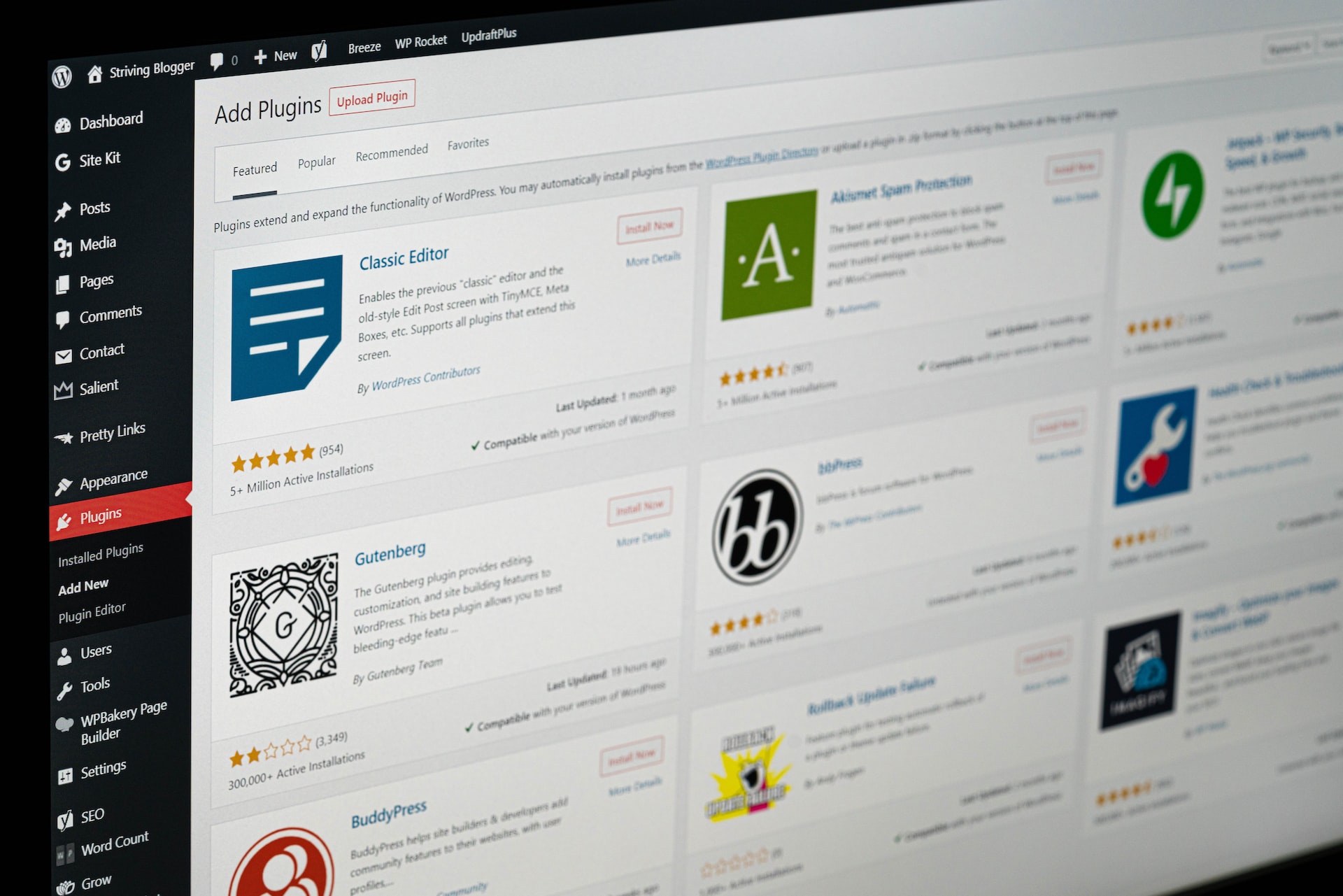
WooCommerce has been the most popular e-commerce plugin in the WordPress space for quite some time, and there’s good reason for it. This e-commerce plugin is straightforward to set up and offers tons of customization options and add-ons, making it an excellent choice if you want to sell physical or digital products online. But with all of these extra features comes the need to optimize them properly, which is where this guide will come in handy.
WooCommerce is a plugin that was created in 2011 by WordPress developers, WooThemes. The plugin quickly gained popularity due to its ease of use and flexibility. Today, WooCommerce is the most popular e-commerce platform on the web. Did you know that WooCommerce powers over 30% of all online stores? And with over 4 million active installations, it’s safe to say this will continue for some time.
There are pros and cons to using this plugin as your selling platform. On the one hand, it’s a popular plugin with a lot of features and integrations. You can create automatic product updates, store customization for different devices (think mobile app), and offers in-depth analytics. It’s also free if you’re looking for something simple to start out with.
One of the biggest cons is that it can be slow and resource-intensive, especially if you have a lot of products and/or customers. Additionally, the platform lacks some features that other ecommerce platforms have, such as abandoned cart recovery and built-in upselling/ cross-selling. Another downside is that because WooCommerce is a WordPress plugin, it is subject to all the same security vulnerabilities as WordPress itself.
WooCommerce audit SEO is your foundation. This will help you identify any areas that need improvement so you can make the necessary changes. Once you’ve completed your audit, it’s time to start implementing some of the following optimization strategies.
It’s important to keep your WooCommerce plugin up to date for several reasons. Newer versions can provide bug fixes, performance improvements, and new features. Additionally, staying up to date ensures compatibility with other plugins and themes. Perform regular backups and choose a reliable hosting provider.
Make sure your design is user-friendly and easy to navigate. You can use your own templates, or you can choose from a variety of pre-made templates that are available on the WooCommerce website. Remember that if you are not familiar with HTML or CSS, there are many great website builders out there like Wix, Squarespace, and Weebly that allow you to build beautiful websites without any coding skills.
If you want people to actually find and use the products in your WooCommerce shop, you need to have an effective category structure. Not only does this make it easier for customers to search for products they are looking for, but it also makes it easier for them to browse around your store. The best way to do this is by organizing the categories, and you can also include subcategories with subsections.
One of the first things you need to do when setting up your plugin is choose your payment and shipping options. Depending on the products you’re selling, and where your customers are located, you’ll need to select the right options for your business.
Your product images are one of the first things potential customers will see when they visit your website or online store. Make sure they are high quality and attractive. Include detailed information about the item, including size, color, material, and more.
Social media is a powerful marketing tool that can help promote your products and drive traffic to your website. Creating social media profiles for your store is easy, but making them useful takes time and strategy, and Tauranga SEO agency can help you with that. Create posts on a regular basis with new deals or sales so followers will stay engaged. Post pictures of the product in action as well as behind-the-scenes photos of the product being made in order to show customers what they are investing in when they purchase from you.
If you’re running a store, chances are you’re using a lot of plugins to help power your e-commerce site. And while plugins are great, they can also add a lot of extra code and bloat to your site, which can slow things down. One way to reduce the load on your server is by installing and using caching plugins like WP Super Cache or W3 Total Cache. You should always keep WordPress up-to-date with the latest security patches as well, as outdated software can leave vulnerabilities for hackers to exploit.
By understanding how customers interact with your plugin, you can make changes to keep them on your site longer. For example, by adding a pop-up box to the checkout page that asks for customer feedback, you will learn what customers like and dislike about your store and their experience. The feedback from this pop-up will help shape future products and services and improve the user experience of your store.
By following these simple tips, you can ensure that your plugin is running as efficiently as possible. In turn, this can help improve your overall website performance and improve the user experience for your customers. A strong WooCommerce optimization strategy will also save you money in terms of hosting fees – so it’s a win-win situation!
Main photo: Justin Morgan/unsplash.com